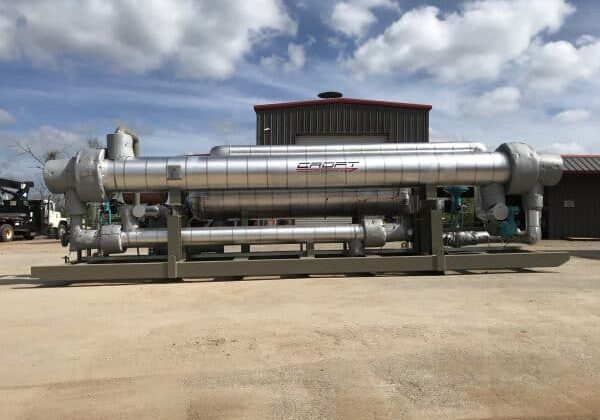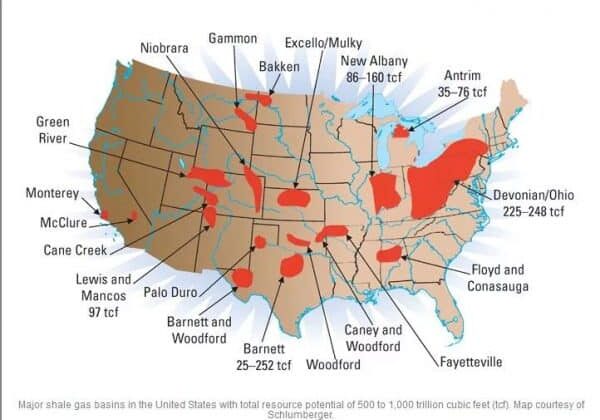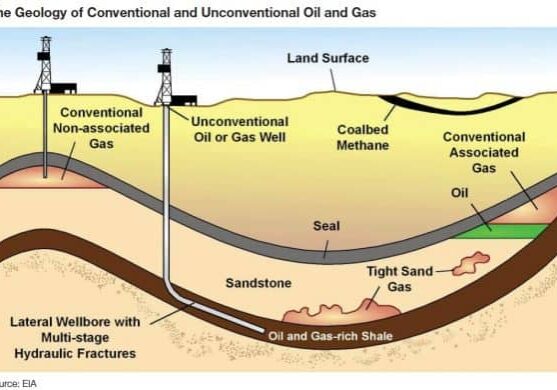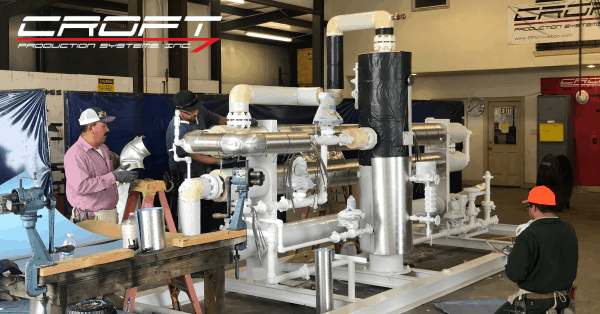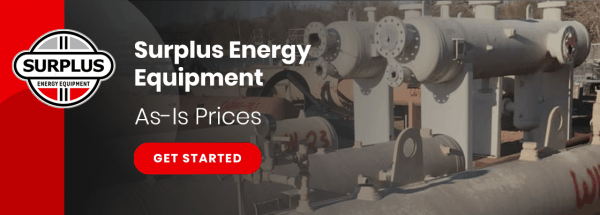This timelapse video shows the two day-long insulation process in just 30 seconds.
Joule Thomson Systems (JT) are important systems in your surface processing operations, and if the piping and heat exchangers are poorly sealed or insulated they are likely contributing to lower efficiency gains and consistent cold separator temperatures.
The Joule Thomson System simultaneously reduces the water dew point of gas, recovers valuable hydrocarbon liquids and lowers the BTU (British Thermal Unit) of the gas stream to sales contract specifications or levels suited for high-speed engines. The critical foundation function of the JT is to have consistent colder temperatures which rely heavily on proper insulation.
In the perfect world the insulation will maintain the exact temperature throughout the system. Unfortunately, this is near impossible. There are simple checks you can perform for adequate insulation efficiency by doing the following:
- Shoot temperatures of the pipe or record temperatures from gauge directly after the gas to liquid heat exchanger if you have one
- Shoot temperatures of the pipe or record temperatures from gauge directly after the main JT valve
- Shoot temperatures of the pipe or record temperatures from gauge directly after the first and second gas to gas heat exchangers
- Shoot temperatures of the pipe or record temperatures from gauge on the cold separator
- Check that insulation is not soaked, soaked insulation becomes a conductor rather than an insulator
- That flanges are also covered by hard insulation or removable blankets
Insulation is only a portion of what makes a JT works but it can contribute heavily to the efficiency of your system.

